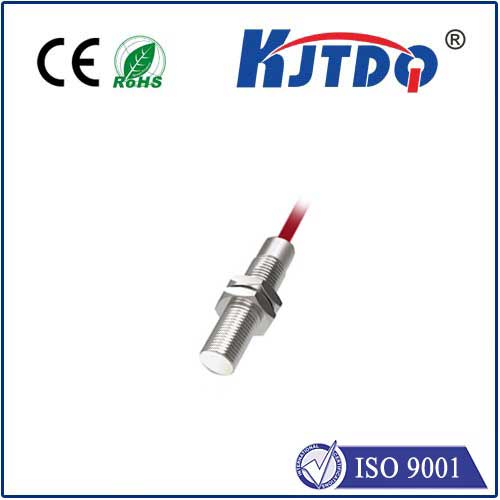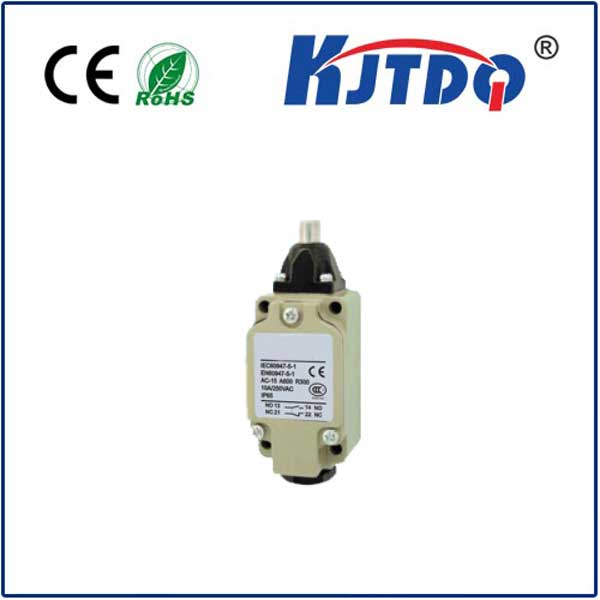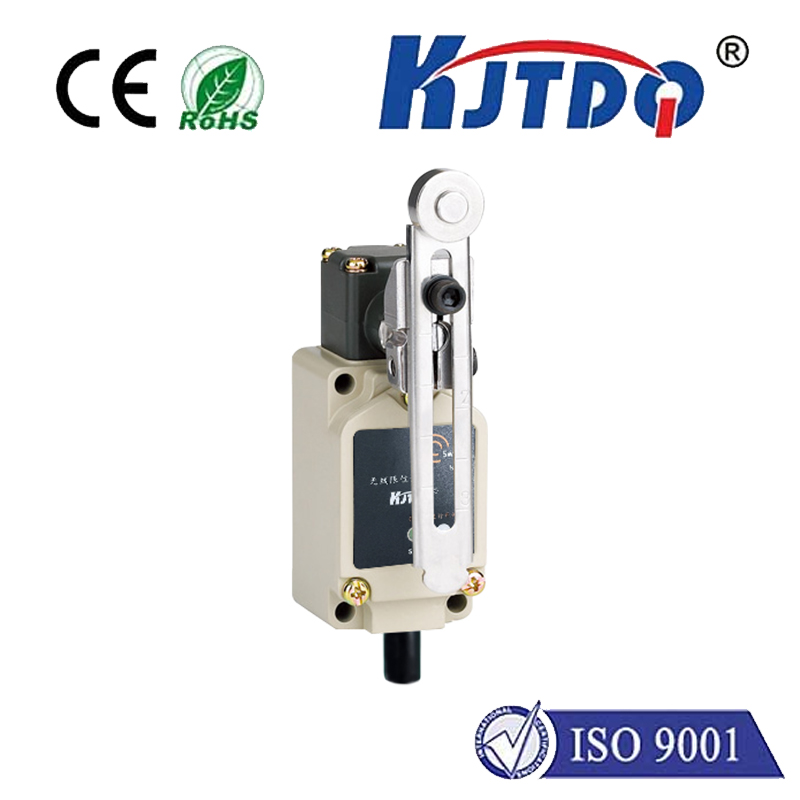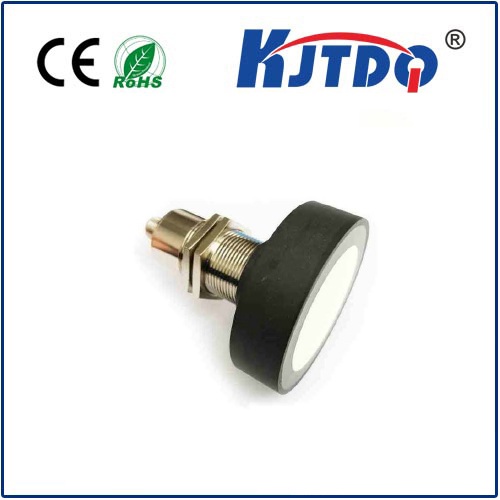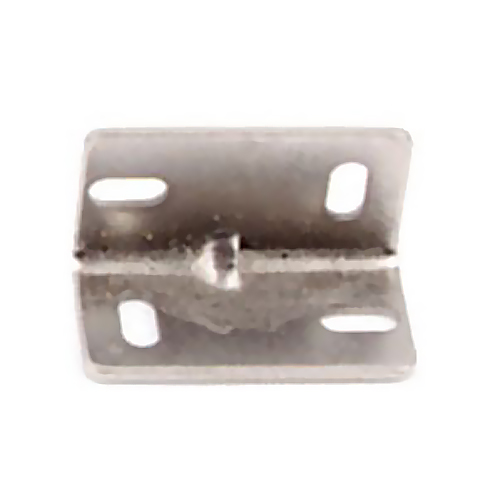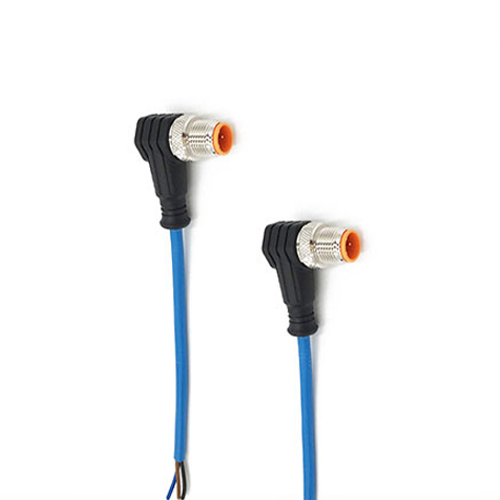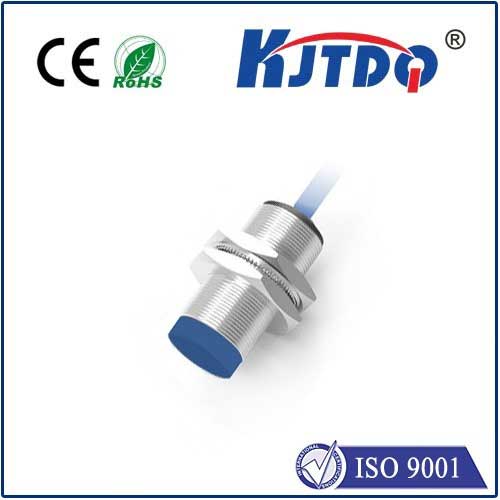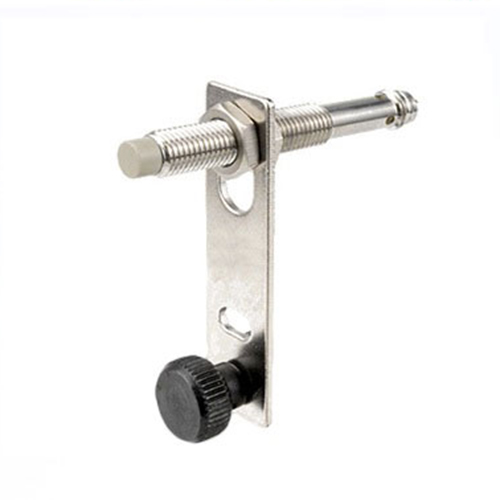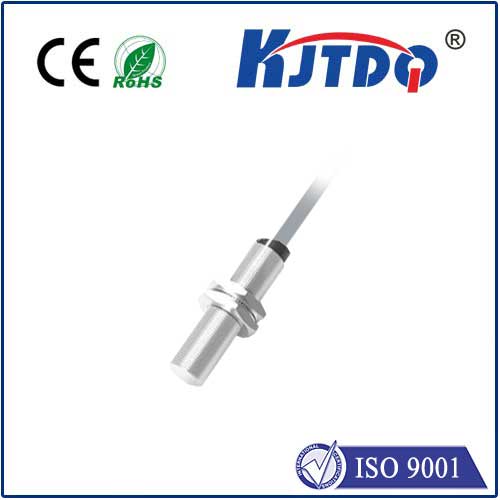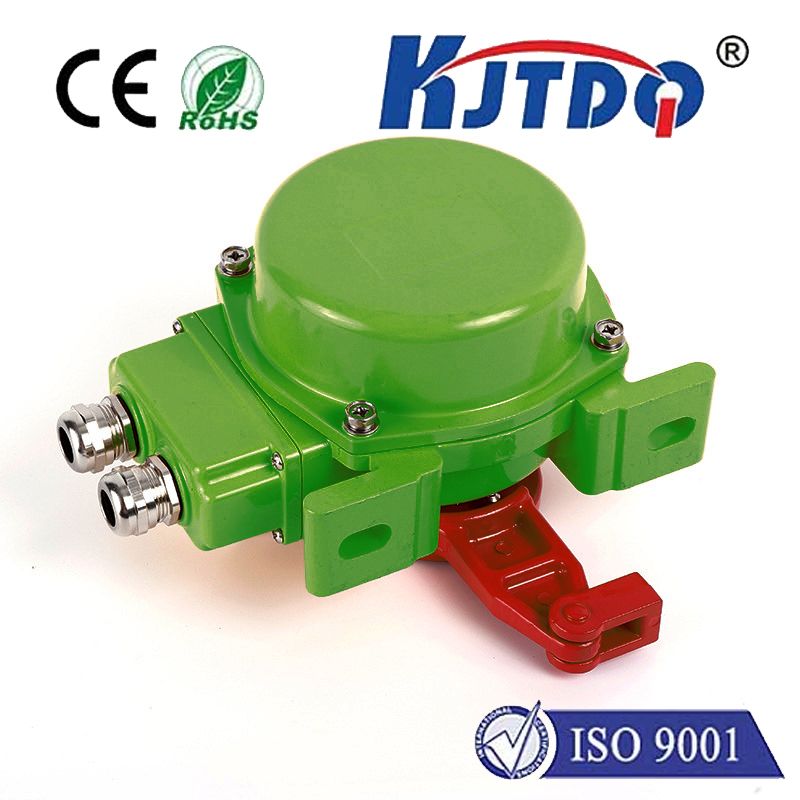

check

check

check

check

check

check

check

check

check

check
Title: The Efficacy of Background Suppression in Photoelectric Proximity Sensors
As technology advances, the need for more precise and accurate sensor systems grows. One such system that has seen significant development is the photoelectric proximity sensor. These sensors use light to detect the presence or absence of an object within a specified range. However, the effectiveness of these sensors can be compromised by background noise, which can cause false positives or negatives. This is where background suppression comes into play.

Background suppression is a technique used to reduce the influence of unwanted signals in a sensor's output. In the case of photoelectric proximity sensors, it involves filtering out ambient light and other sources of interference. This not only improves the accuracy of the sensor but also extends its operational lifespan by reducing wear and tear caused by unnecessary triggering.
The implementation of background suppression in photoelectric proximity sensors requires a deep understanding of both optical and electronic principles. It involves the use of specialized filters, lenses, and circuitry to differentiate between the desired signal and the interfering background noise. By effectively suppressing the background, these sensors can reliably detect objects even in challenging environments with high levels of ambient light or electromagnetic interference.
Moreover, background suppression is crucial in applications where precision is paramount. For instance, in industrial automation, photoelectric proximity sensors are used for tasks such as counting, positioning, and safety interlocks. In these scenarios, any error due to background noise can lead to downtime, wasted resources, or even safety hazards. Therefore, implementing effective background suppression ensures that the sensors operate flawlessly, enhancing overall system efficiency.
In conclusion, the integration of background suppression in photoelectric proximity sensors is a testament to our commitment towards technological advancement. It enhances the reliability and precision of these sensors, making them indispensable in various applications ranging from manufacturing to automotive industries. As we continue to push the boundaries of what is possible, the role of background suppression will only become more crucial in ensuring that our technologies work seamlessly and efficiently.
